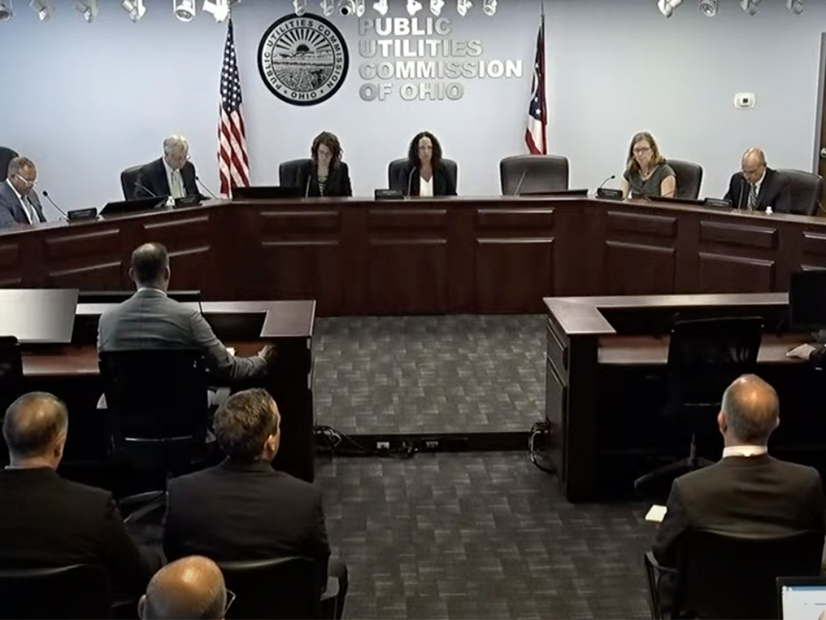
The powerful mid-June storms and demand surges in central Ohio forced American Electric Power (NASDAQ:AEP) to cut power to more than 150,000 customers to prevent further system damage, the company’s top executives told Ohio regulators Wednesday.
More than 21,000 of the customers who lost power were in Columbus, prompting angry residents at the time to allege that the company balanced its system on the backs of the poor.
“I believe [circuit trips] are attributable to the storm plus the load that came on after,” explained Toby Thomas, AEP senior vice president for energy delivery. “The reason I say that is the system load was [increasing the day after the storm]. We had fewer facilities left to serve the load, and the load was increasing significantly and very quickly.”
The high winds affected 34 69-kV lines, 29 138-kV lines, one 345-kV line and 81 transmission-connected substations, according to the information the company submitted to the Public Utilities Commission of Ohio.
There are no significant generation sources in Columbus or nearby suburban communities, leaving the company few options as PJM grid managers informed AEP it would lose more of its system if it did not reduce load, Thomas said.
“The storms impacted a number of bulk electric systems throughout this state, as well as many other states,” Mike Bryson, PJM’s senior vice president of operations, told the commission. “Ohio was probably hit the worst of all the states.
“As the day [June 13] proceeded, we were in what PJM calls a hot weather alert, which is temperatures exceeding 90 degrees [Fahrenheit] in the area. AEP and Ohio were in that condition.
“Several transmission lines tripped in and around Columbus. When one of these lines goes down, other lines in the system have to carry that electricity, and if enough lines go down, the surrounding lines begin to reach or exceed their operating limit,” Bryson explained.
The RTO’s system analysis, which is constantly refigured as data on the condition of transmission lines come in, showed the remaining power lines were in jeopardy.
PJM issued a load-shed directive to AEP because of three heavily overloaded lines, Bryson said. “AEP had five minutes to implement this directive from PJM.”
PUCO staff have been ordered to review the PJM analysis, as well as the scenarios that AEP Ohio said it faced, and issue a report.
The Ohio Consumers’ Counsel has asked for an independent analysis by an independent auditor.
